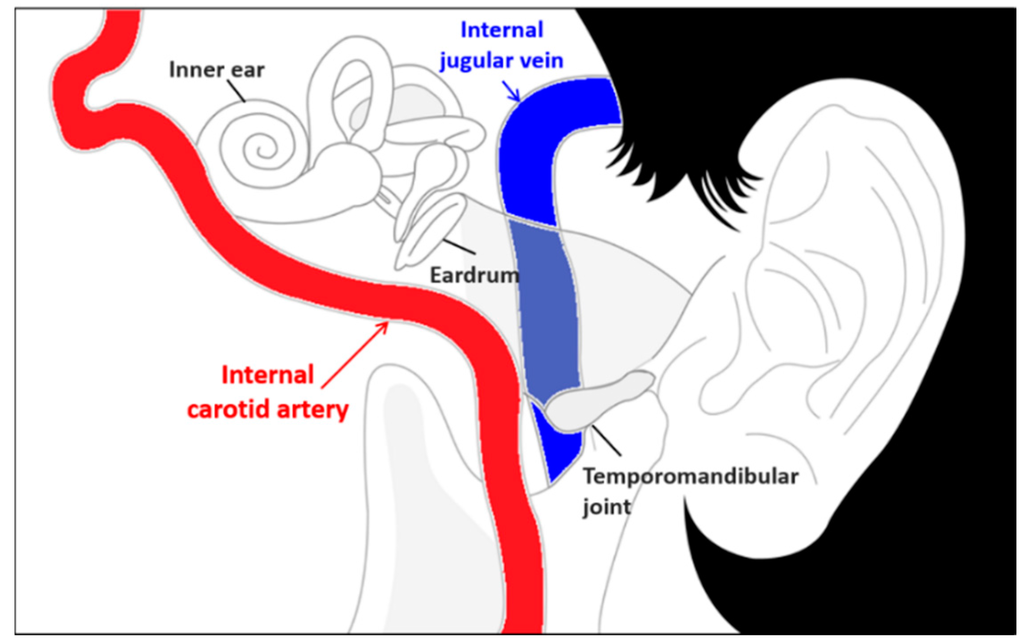Technical Details
Cardiovascular disease (CVD), which includes hypertension, myocardial infarction, coronary artery diseases, and stroke, has become a serious problem and is currently one of the major causes of disability and death globally. In fact, more than 17 million people worldwide die each year because of CVD, and it accounts for about 30% of all deaths per year.
While many of the risk factors for CVD are known, such as tobacco use, physical inactivity, obesity, and diabetes, resting heart rate (HR) is one of the simplest cardiovascular parameters and an independent risk factor. Resting HR has prognostic importance in that an elevated resting HR is strongly related with mortality in the general population, the elderly, and patients with myocardial infarction, congestive heart failure, diabetes, or hypertension. Thus, frequent HR monitoring in everyday life is necessary to assess and prevent cardiovascular problems in advance.
Vital signs such as HR, respiration, and blood pressure were in the past possible to measure by medical systems in hospitals. However, recent technological advances in physiological sensors, processing capabilities, and wireless communications have enabled individuals to monitor their health status outside of hospitals via wearable biosensor systems.
Compared with previous medical devices, wearable sensor systems provide nonintrusive solutions for long-term monitoring without constraints on time and place. A further advantage is that such systems can offer real-time feedback about their health status to the patients themselves or even a professional physician at a hospital. Therefore, wearable HR monitoring systems play an important role in the monitoring of cardiovascular exacerbations in the early stage, during catastrophes that may occur with high risk individuals, or during emergency situations.
Many technologies and methodologies have been introduced for wearable HR monitoring. Among these technologies, those that monitor photoplethysmogram (PPG), which is obtained by optical detection of blood volume changes in the microvascular bed of the tissue using light-emitting diodes and photodetectors, are the most widely utilized.
PPG sensors have mainly been applied to fingers, earlobes, or wrists in the form of tweezers- or watch-shaped apparatuses. Also, a customized ear mold equipped with a reflective PPG sensor has been applied to the ear channel. Conventional measurement of electrocardiogram (ECG), which is the gold-standard method for HR monitoring, is not appropriate for wearable sensing because of the adhesive electrodes and wires utilized.
However, recent studies have proposed and investigated T-shirts and band type wearable ECG systems that use conductive fabric, flexible printed circuit boards, or textile circuits. In addition, stethoscopes that use a microphone to measure phonocardiography have also been proposed as wearable and portable devices.
Despite significant progress in wearable systems, various issues that impede extensive application have been reported. These issues include bulky sensors, connections to additional hardware modules, skin irritation, and laundry. In order to solve these problems, Teichmann et al. recently presented a bendable and flexible device that can be placed in a shirt pocket using noncontact sensor principles.
However, very few studies have presented a high acceptance rate by users, and there are still many challenges that have to be resolved in order for wearable systems to become accepted by normal people and patients. For examples, existing methods have limitations to utilization in particular situations when the user is running or swimming in which hands and feet are excessively moving. The human head is rather the least moving and least affected part by strenuous exercise or movement according to circumstances. Thus, new methods or alternatives are required for vigorous follow-up studies and applications.
Figure 1. Anatomical view of the vessels around the ear
In this project, we present our proposed wearable HR monitoring sensor device developed based on pressure variance in the ear canal surface (See Fig. 1). The ear is an excellent site for users to accept a wearable device. In addition, the ear canal is partially composed of cartilage and bone and located in the temporal bone, thus providing the proper conditions for anchoring the sensor apparatus.
We also present the physiological principle that enables HR monitoring from the ear canal surface, the material comprising the sensor, design and implementation of the wearable sensor device, the verification process and the results obtained, and our conclusions.

